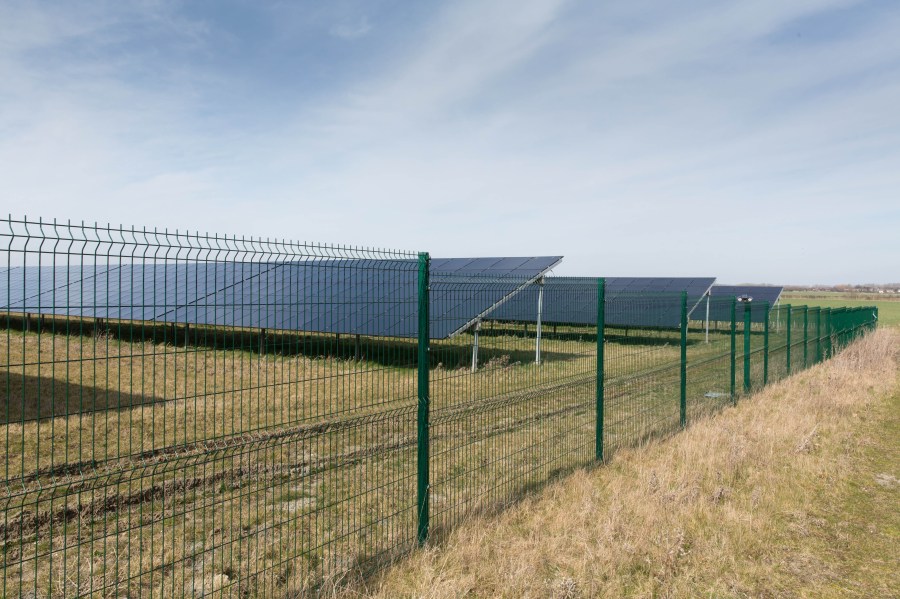Investing in renewable energy schemes can be fraught with pitfalls. But the benefits, if you get it right, are considerable. Hugh Taylor from independent energy consultancy Roadnight Taylor offers five top tips for success. Charlotte Cunningham reports.

The days of simply putting solar panels on a barn roof and harvesting government incentives are long gone – but there are still lots of opportunities to reduce energy bills and generate some extra income. Sadly, many installers are overselling schemes, leaving landowners with large bills and unrealistic financial returns. So how can you make sure your project is right?
- Review your site energy demand and get a solution to fit your needs. Since the Feed-in-Tariff ended, the success of most schemes depends on using the energy generated on site, rather than exporting it to the grid. First review the half-hourly demand for electricity throughout the day and the year, then make sure any new scheme – if investment in one is appropriate at all – is sized optimally to offset purchased energy. An oversized scheme will ‘spill’ energy onto the grid for relatively low export revenues and will result in a lower return on investment.
- Get grid connection applications prepared by independent experts. Since 2018 Distribution Network Operators have been able to charge fees to process connection applications – with some costing more than £8000. In some cases installers are charging high fees for technically-flawed applications which are doomed to fail, while others are putting applications in their own name, leaving the client exposed to a potential ransoming of grid rights in exchange for a lease option or installation contract. For peace of mind, it’s worth making sure your application is drawn up independently.
- Put schemes out to competition between different installers. Once you have identified the right scheme (the best technology, size and configuration) and the grid connection offer has been secured in your own name, put the specification out to competition. Invite three of the best-performing installers for your proposed system, size and location to tender; this ensures you get the right system, from the right installer – and at the lowest cost.
- Guard against profiteering installers. Unfortunately, installers are invariably opportunists, with many trying to sell clients as large a project as they can get away with. It’s important to compel your installer to put your best interests over their own.
- Seek specialist, expert and independent advice. It’s important to have your site and any potential for schemes reviewed by an independent expert. Consider the technical, strategic and tactical aspects before committing to any system or installer. Making the wrong decision could be very expensive.
For more information visit www.roadnighttaylor.co.uk




